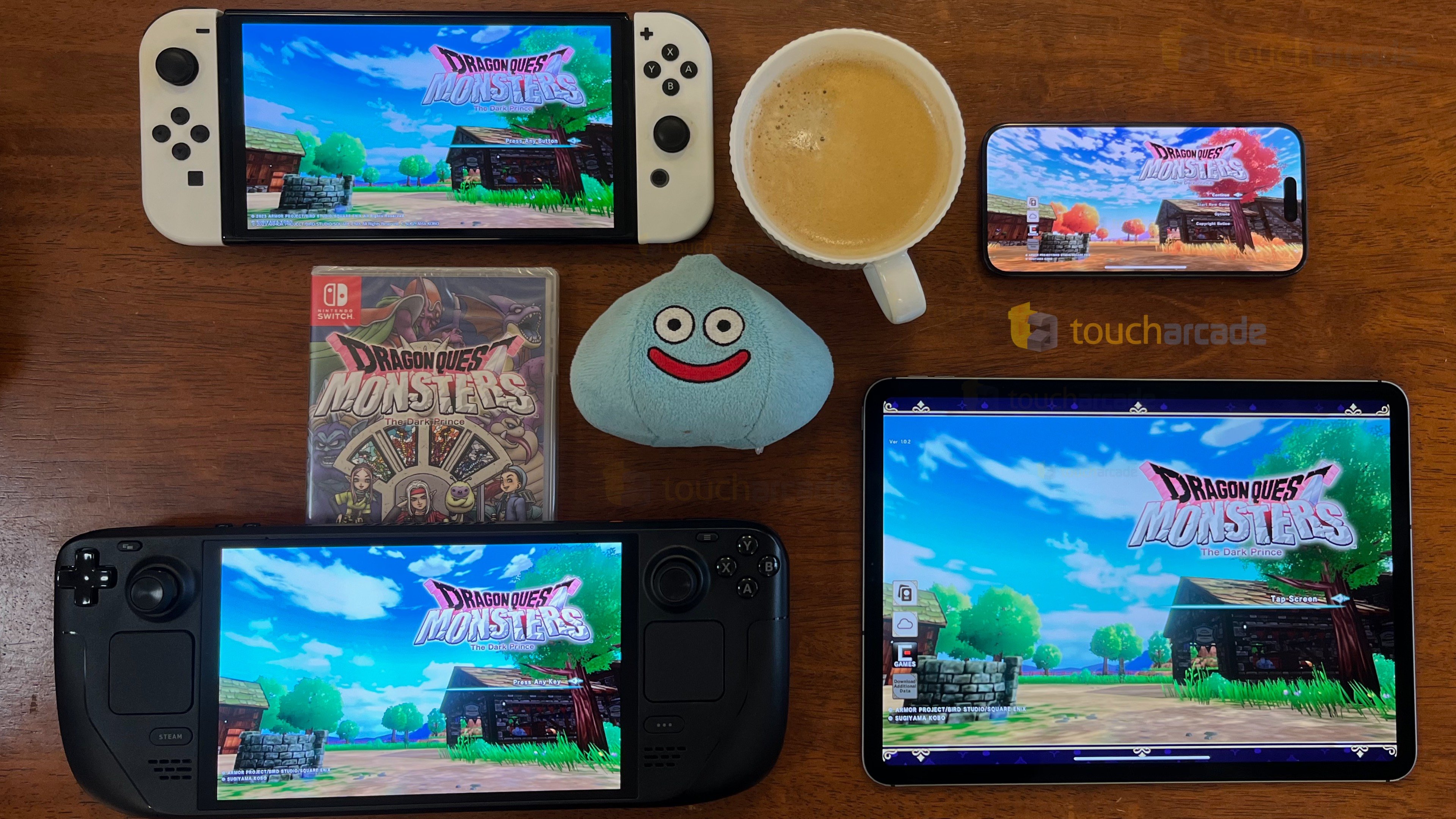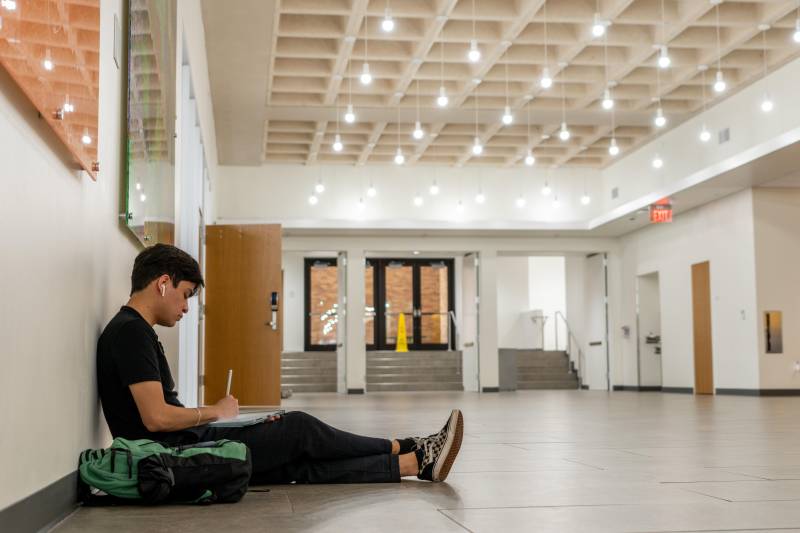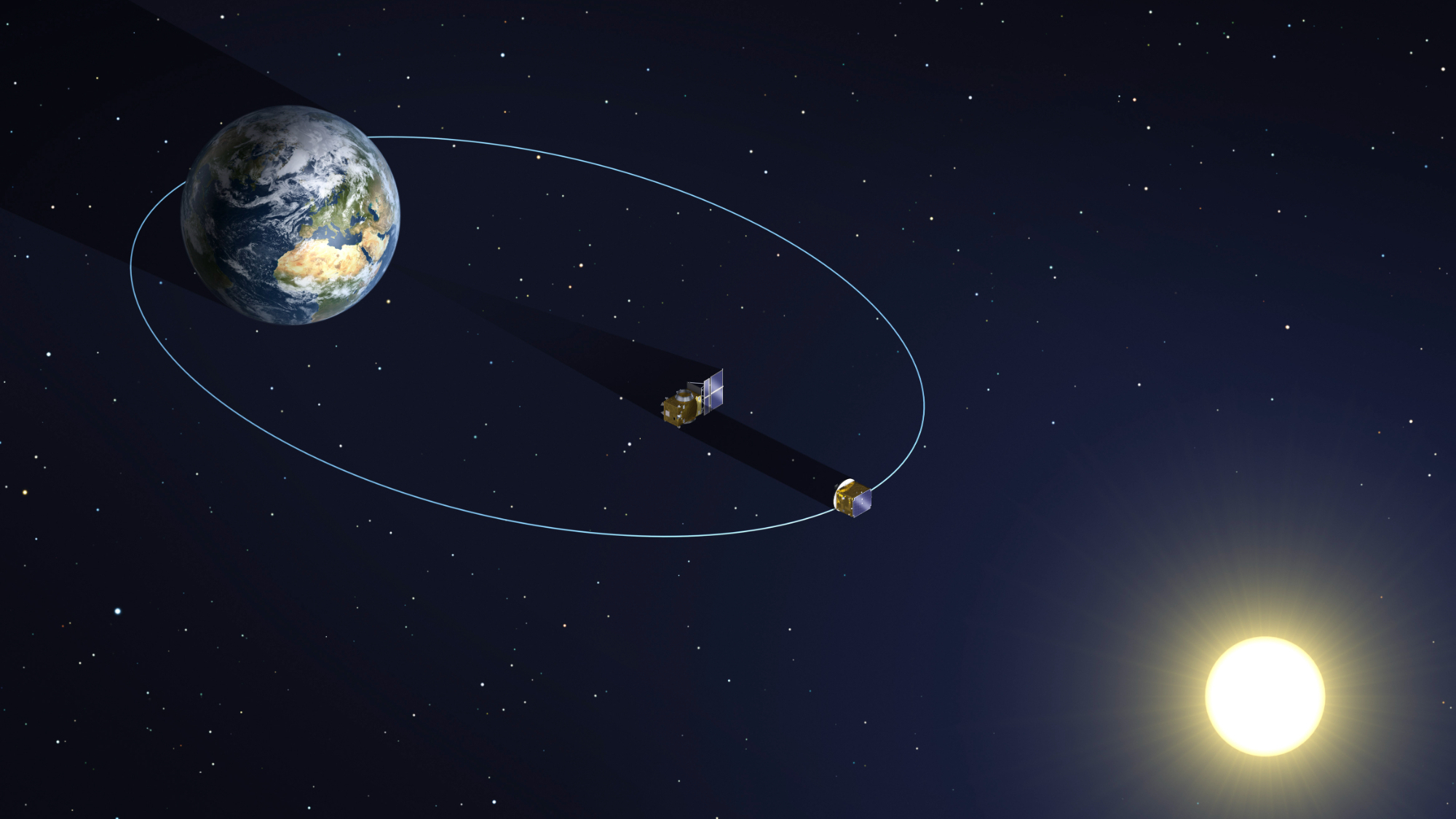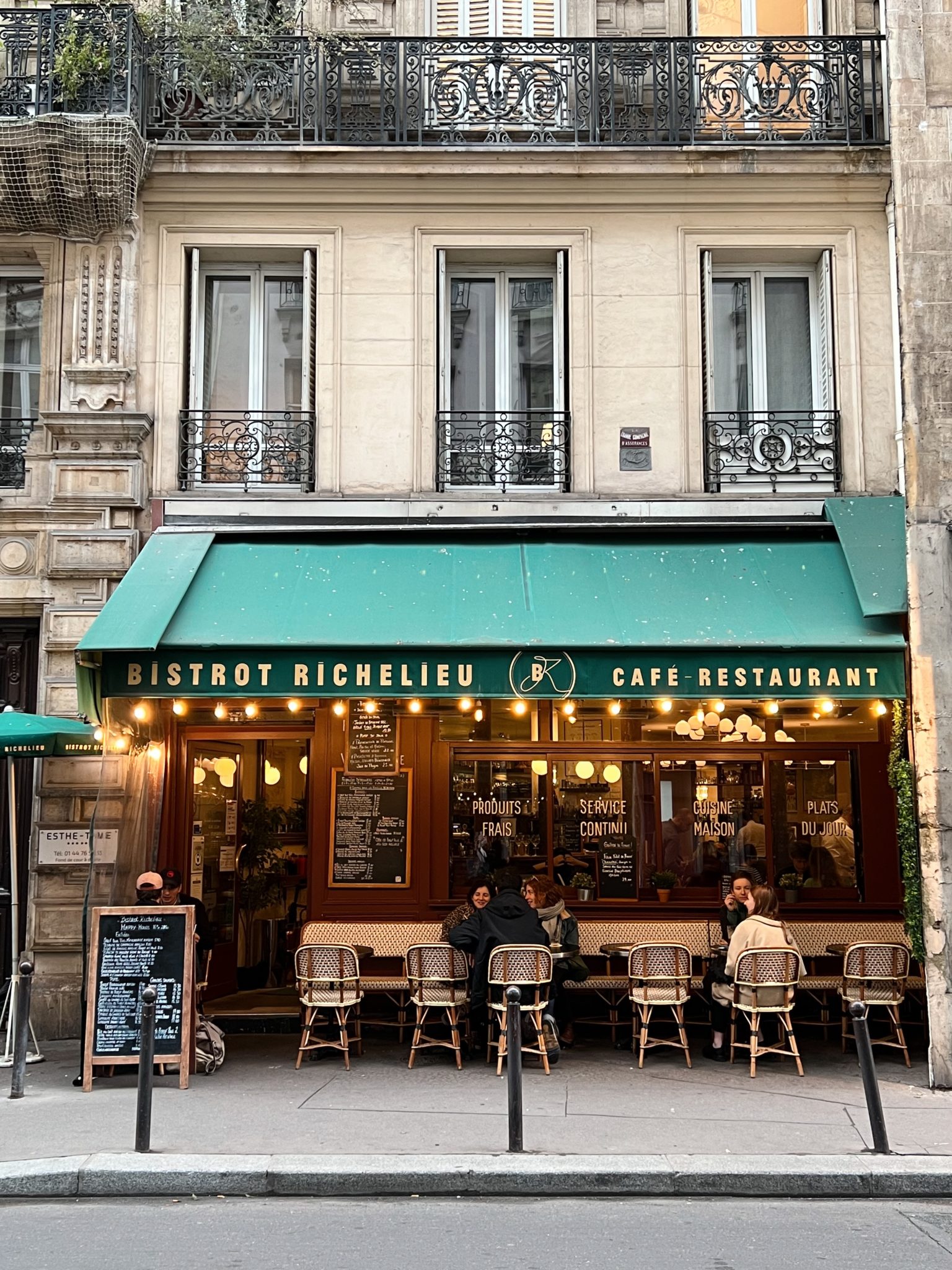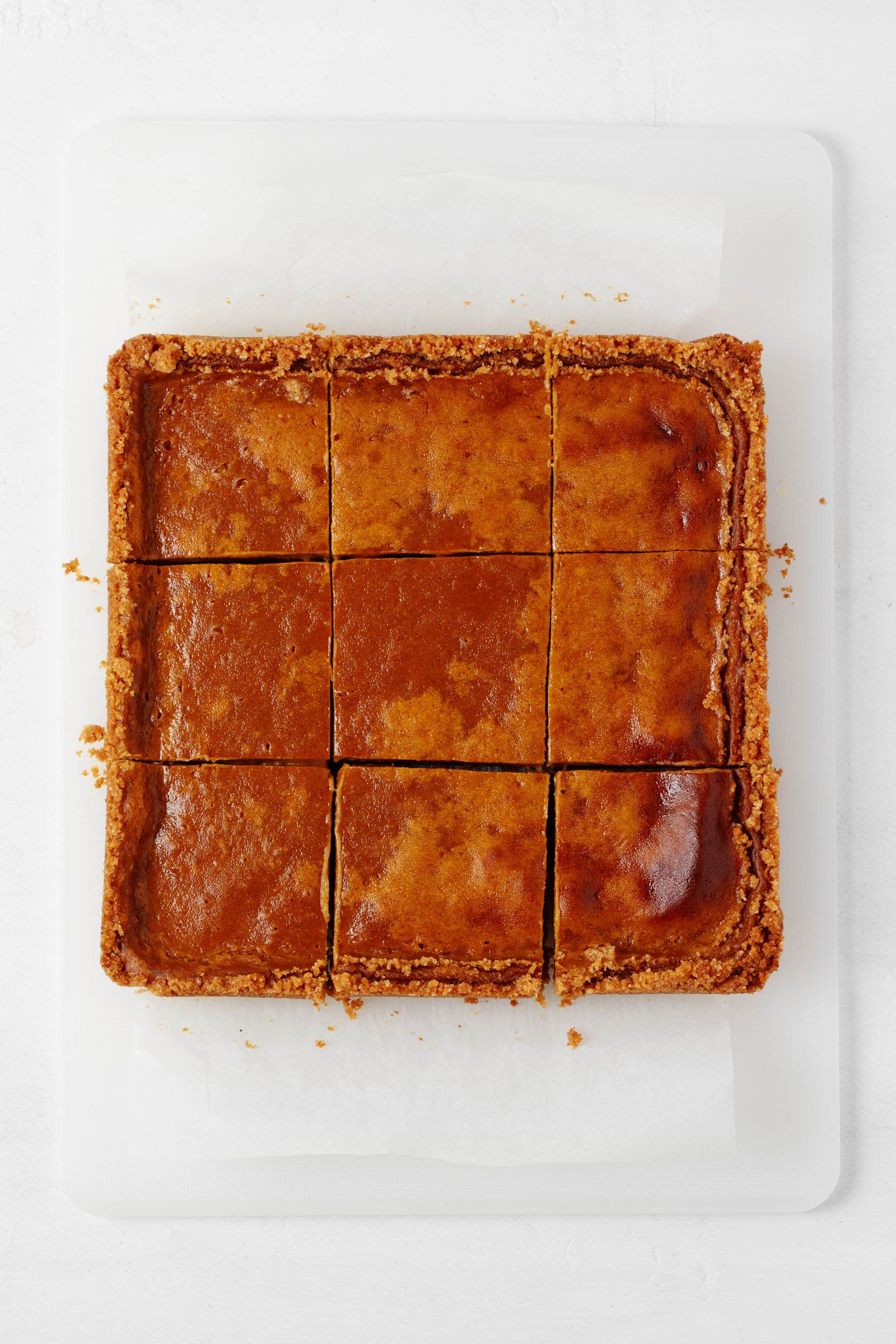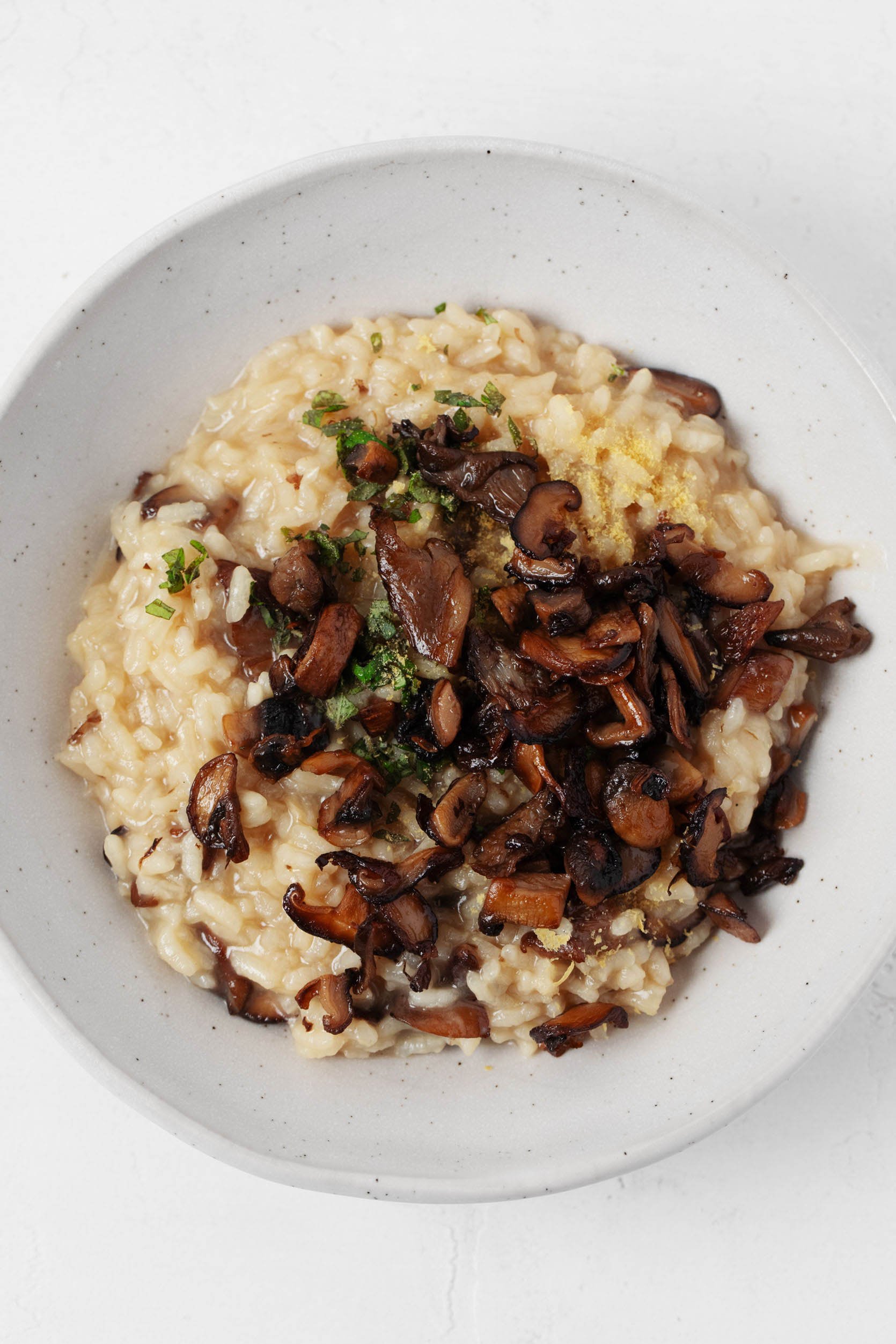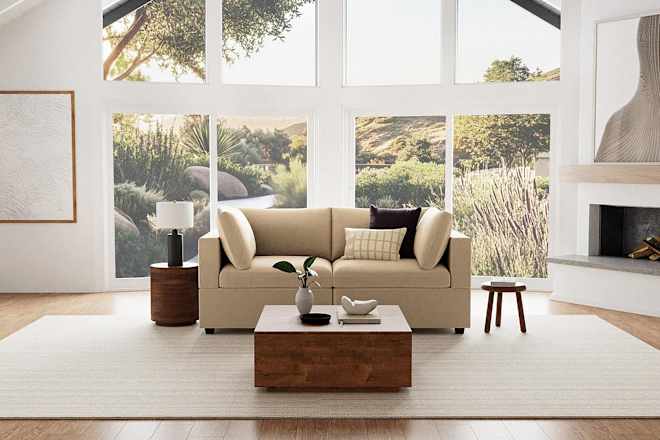HarmonyOS Next Declarative UI Development Revealed——EDSL Architecture Analysis
This article aims to deeply explore the technical details of Huawei HarmonyOS Next system and summarize them based on actual development practices. Mainly used as a carrier of technology sharing and communication, it is inevitable to miss mistakes. All colleagues are welcome to put forward valuable opinions and questions in order to make common progress. This article is original content, and any form of reprinting must indicate the source and original author. When developing HarmonyOS Next's distributed desktop system, our team increased the development efficiency of complex interfaces by 3 times through Cangjie's declarative UI framework.This eDSL-based UI solution not only makes the code more concise, but also shows amazing advantages in cross-device rendering.Below I will reveal its core design principles. 1. UI eDSL design philosophy 1.1 Layout Magic that Follows Lambda Column { Text("Hello Harmony") .fontSize(24.vp) .margin(top: 10.vp) Button("Submit") { // Click event processing } .width(80.percent) } Compilation and conversion process: Column{} is expanded as Column.build { ... } Convert chain calls to property setting method The percentage unit is converted to specific pixel values during the compilation period Advantages compared with traditional imperative UI: Indicators Imperative Code eDSL Code Advantages Number of lines of code 120 45 62% reduction Readability Rating 6.2/10 9.1/10 47% Improvement Type Safety Partial Complete Compile Period Verification 1.2 Principles of component tree construction The compiler processes UI DSL through the following steps: graph TD A[parse code] --> B[macro expansion] B --> C[Type Check] C --> D[Generate Component Tree IR] D --> E[Optimized layout calculation] In a distributed scenario, the IR tree can be serialized to other devices and re-rendered. 2. Core mechanism of state management 2.1 @State Macro's Compilation Period Magic @State var counter: Int = 0 // The equivalent code after the macro is expanded private var __counter = StateStorage(0) var counter: Int { get { __counter.value } set { __counter.value = newValue __counter.notifyDependents() } } Responsive update process: Automatically register dependencies when component reads status Mark dirty components when status changes Only dirty components are updated in the next frame 2.2 Cross-device status synchronization @DistributedState var sharedConfig: Config Through Hongmeng’s distributed data bus: Status changes are automatically synchronized to all devices Conflict Resolution Policy Configurable (LWW/CRDT) Tested synchronization delay Bool { // Compare only key attributes return old.key != new.key || old.style != new.style || old.children != new.children } In the file manager application of ten thousand-level nodes: Full refresh: 12ms/frame Differential refresh: 2.3ms/frame 3.2 Compilation period layout optimization Special optimizations achieved through macros: @StaticLayout Column { // Compile period to calculate fixed layout Text("Static Content") Image(res: "fixed.png") } Optimization effect: Skip runtime layout calculations Memory usage reduction by 40% First frame rendering speed is increased by 3 times Practical Lesson: When developing distributed whiteboard functions, the initial failure to use @StaticLayout resulted in cross-device synchronization lag.Finally, the hybrid strategy of "dynamic component differential update + static component precompilation" was adopted to achieve a 60FPS collaborative drawing experience on the Mate 60 series.
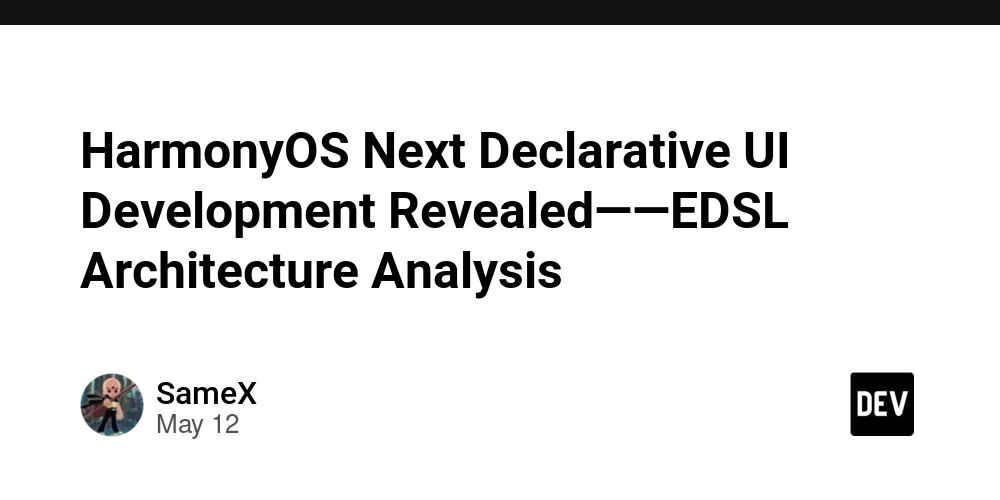
This article aims to deeply explore the technical details of Huawei HarmonyOS Next system and summarize them based on actual development practices.
Mainly used as a carrier of technology sharing and communication, it is inevitable to miss mistakes. All colleagues are welcome to put forward valuable opinions and questions in order to make common progress.
This article is original content, and any form of reprinting must indicate the source and original author.
When developing HarmonyOS Next's distributed desktop system, our team increased the development efficiency of complex interfaces by 3 times through Cangjie's declarative UI framework.This eDSL-based UI solution not only makes the code more concise, but also shows amazing advantages in cross-device rendering.Below I will reveal its core design principles.
1. UI eDSL design philosophy
1.1 Layout Magic that Follows Lambda
Column {
Text("Hello Harmony")
.fontSize(24.vp)
.margin(top: 10.vp)
Button("Submit") {
// Click event processing
}
.width(80.percent)
}
Compilation and conversion process:
-
Column{}is expanded asColumn.build { ... } - Convert chain calls to property setting method
- The percentage unit is converted to specific pixel values during the compilation period
Advantages compared with traditional imperative UI:
| Indicators | Imperative Code | eDSL Code | Advantages |
|---|---|---|---|
| Number of lines of code | 120 | 45 | 62% reduction |
| Readability Rating | 6.2/10 | 9.1/10 | 47% Improvement |
| Type Safety | Partial | Complete | Compile Period Verification |
1.2 Principles of component tree construction
The compiler processes UI DSL through the following steps:
graph TD
A[parse code] --> B[macro expansion]
B --> C[Type Check]
C --> D[Generate Component Tree IR]
D --> E[Optimized layout calculation]
In a distributed scenario, the IR tree can be serialized to other devices and re-rendered.
2. Core mechanism of state management
2.1 @State Macro's Compilation Period Magic
@State var counter: Int = 0
// The equivalent code after the macro is expanded
private var __counter = StateStorage(0)
var counter: Int {
get { __counter.value }
set {
__counter.value = newValue
__counter.notifyDependents()
}
}
Responsive update process:
- Automatically register dependencies when component reads status
- Mark dirty components when status changes
- Only dirty components are updated in the next frame
2.2 Cross-device status synchronization
@DistributedState
var sharedConfig: Config
Through Hongmeng’s distributed data bus:
- Status changes are automatically synchronized to all devices
- Conflict Resolution Policy Configurable (LWW/CRDT)
- Tested synchronization delay <8ms (same LAN)
3. Performance optimization strategy
3.1 Differential refresh algorithm
Optimization strategies when component updates:
func shouldUpdate(old: Props, new: Props) -> Bool {
// Compare only key attributes
return old.key != new.key
|| old.style != new.style
|| old.children != new.children
}
In the file manager application of ten thousand-level nodes:
- Full refresh: 12ms/frame
- Differential refresh: 2.3ms/frame
3.2 Compilation period layout optimization
Special optimizations achieved through macros:
@StaticLayout
Column {
// Compile period to calculate fixed layout
Text("Static Content")
Image(res: "fixed.png")
}
Optimization effect:
- Skip runtime layout calculations
- Memory usage reduction by 40%
- First frame rendering speed is increased by 3 times
Practical Lesson: When developing distributed whiteboard functions, the initial failure to use @StaticLayout resulted in cross-device synchronization lag.Finally, the hybrid strategy of "dynamic component differential update + static component precompilation" was adopted to achieve a 60FPS collaborative drawing experience on the Mate 60 series.
















